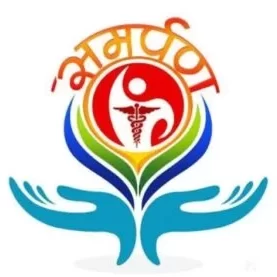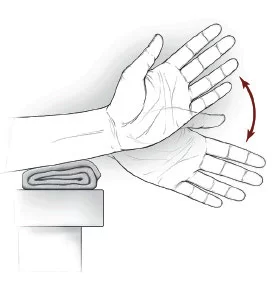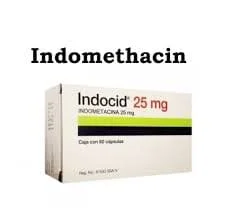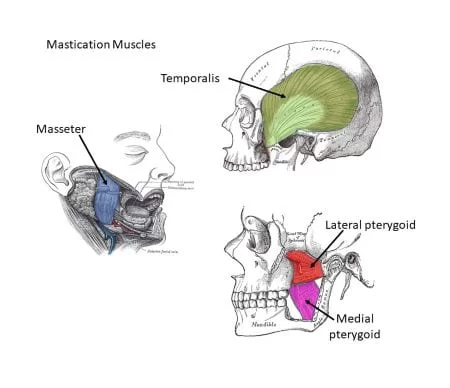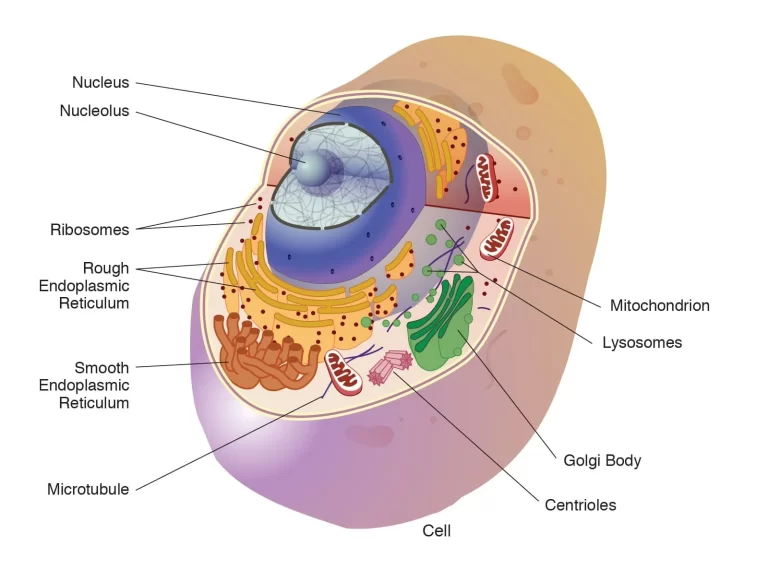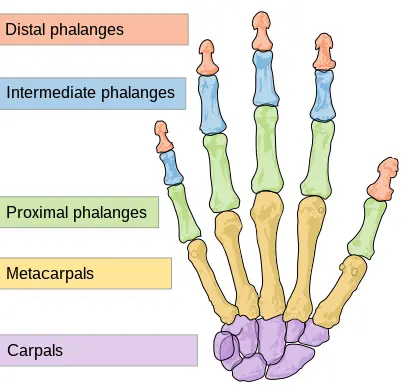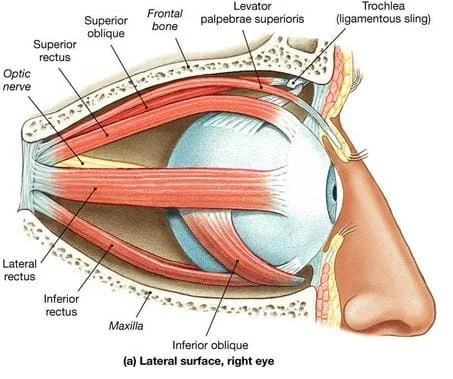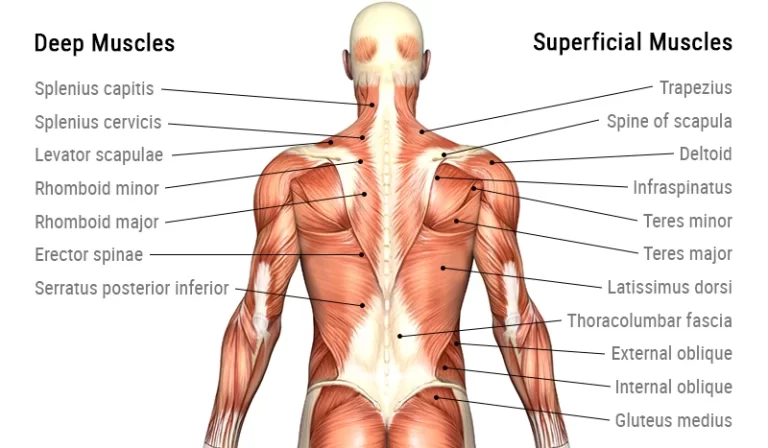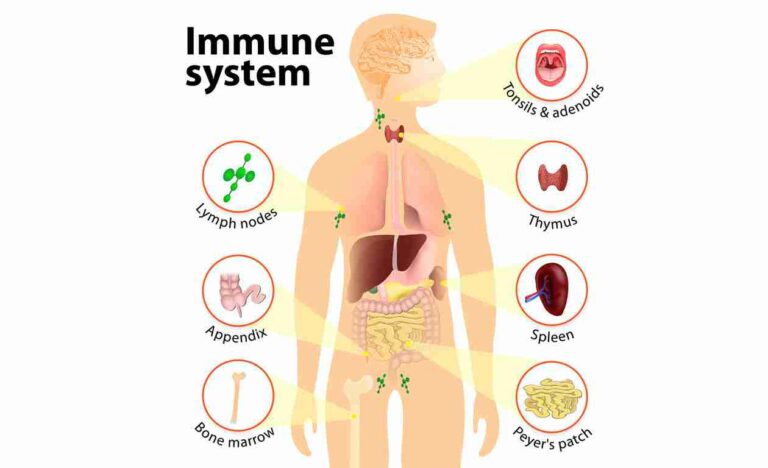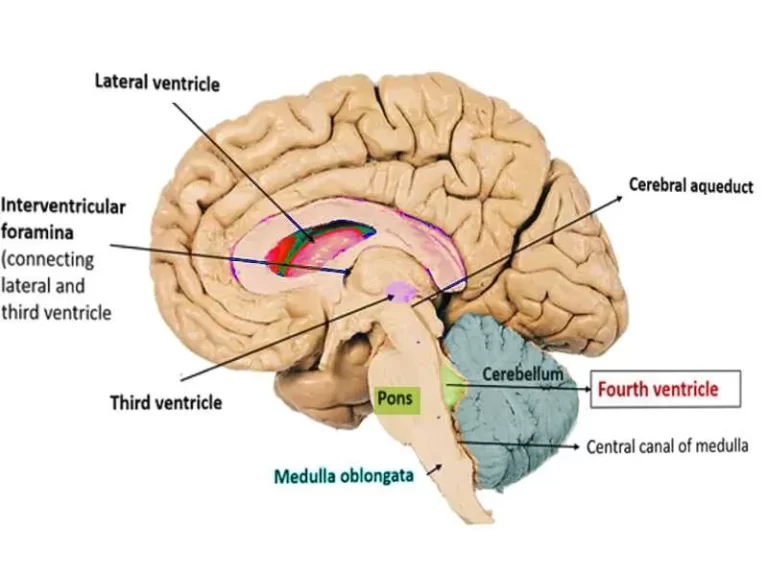Radial Deviation of the Wrist
What is Radial Wrist Deviation? The Wrist Joint is a complex and highly versatile structure that plays an important role in the movement of the hand. One of the important of the wrist is radial deviation, a movement that involves the hand moving laterally toward the thumb side of the forearm. This movement is an…
